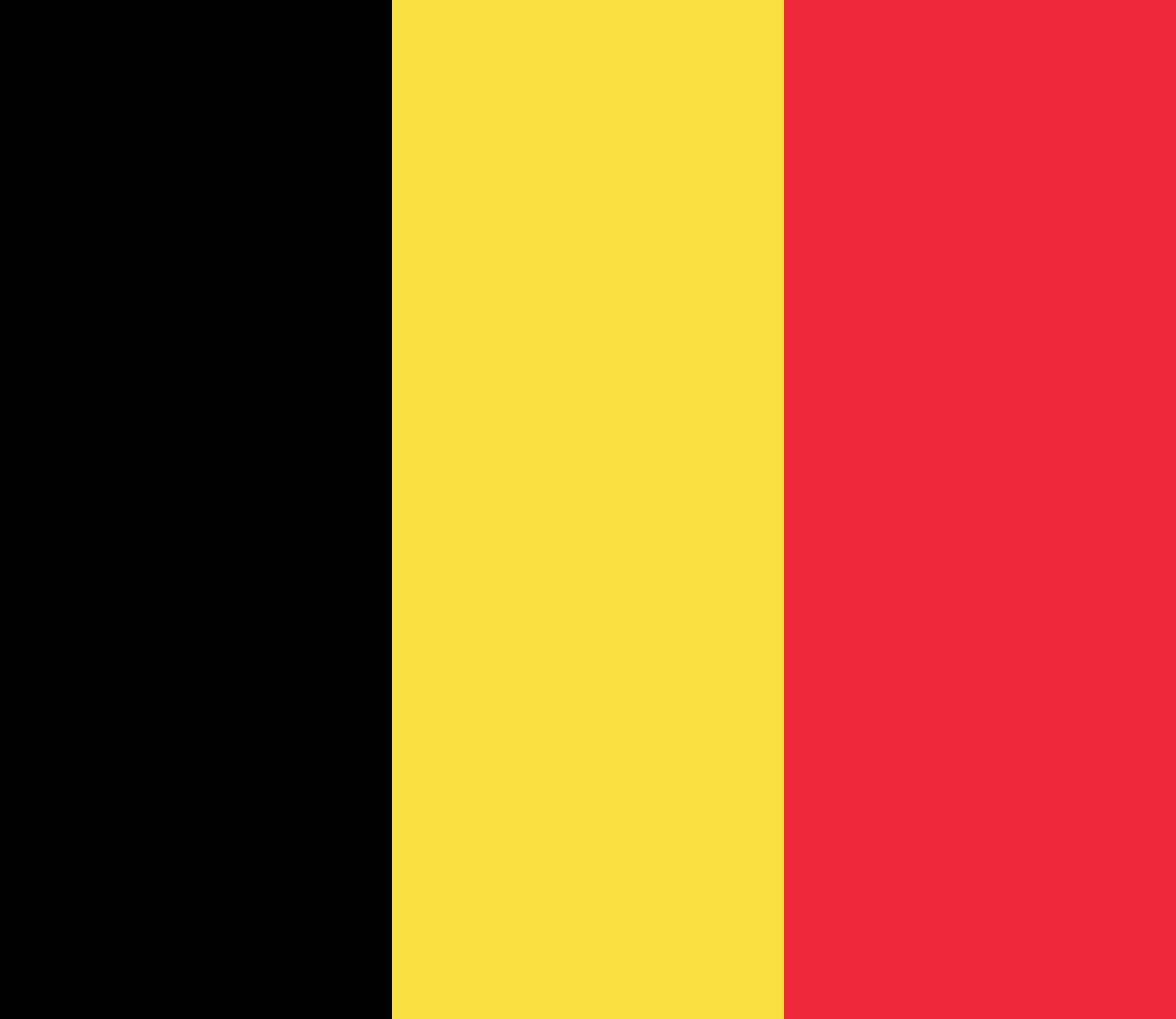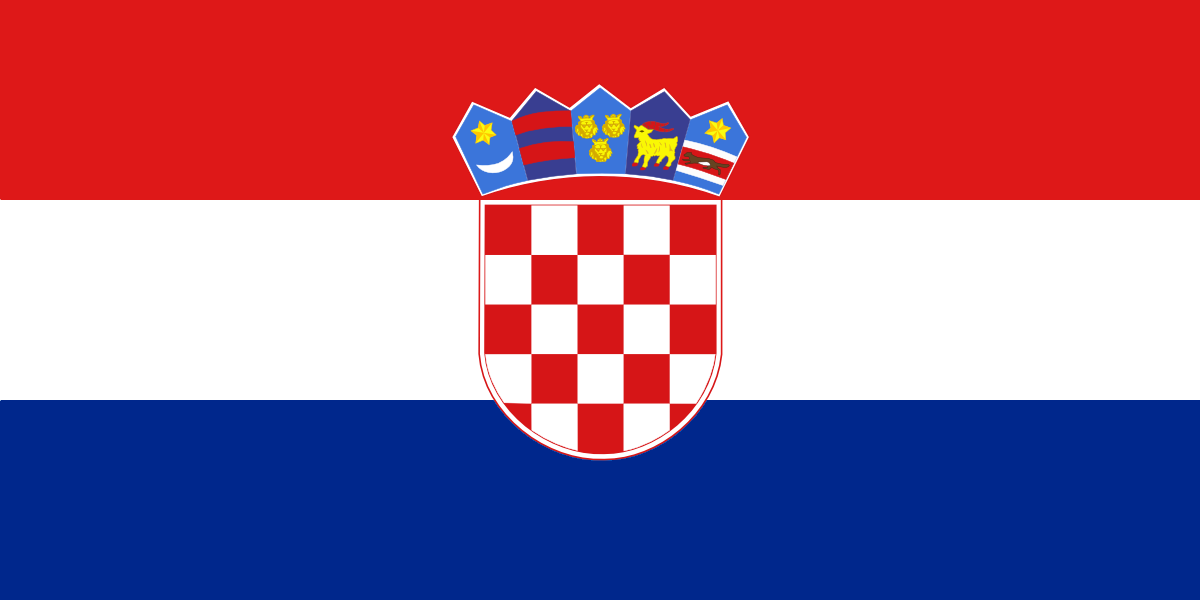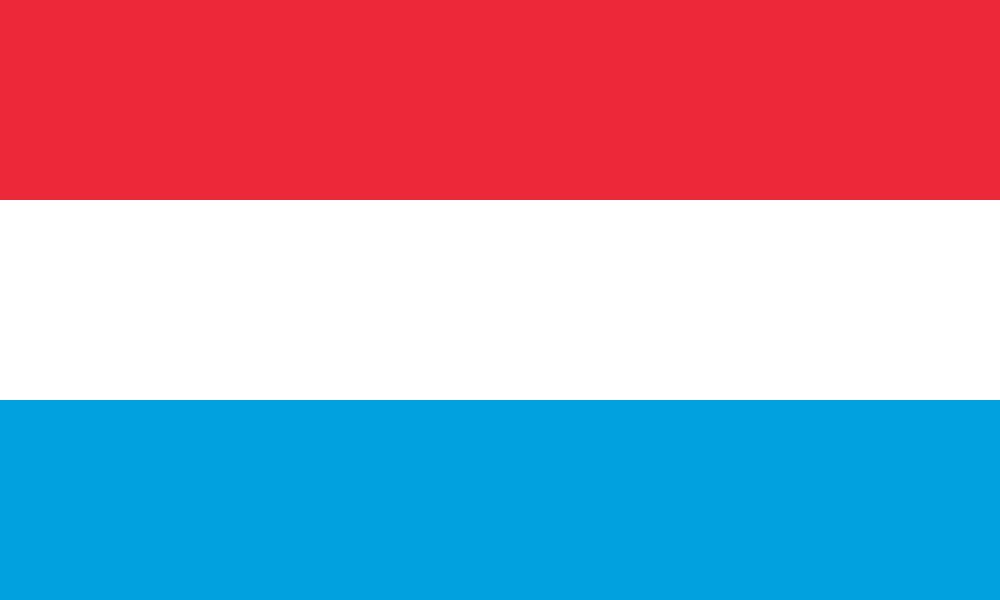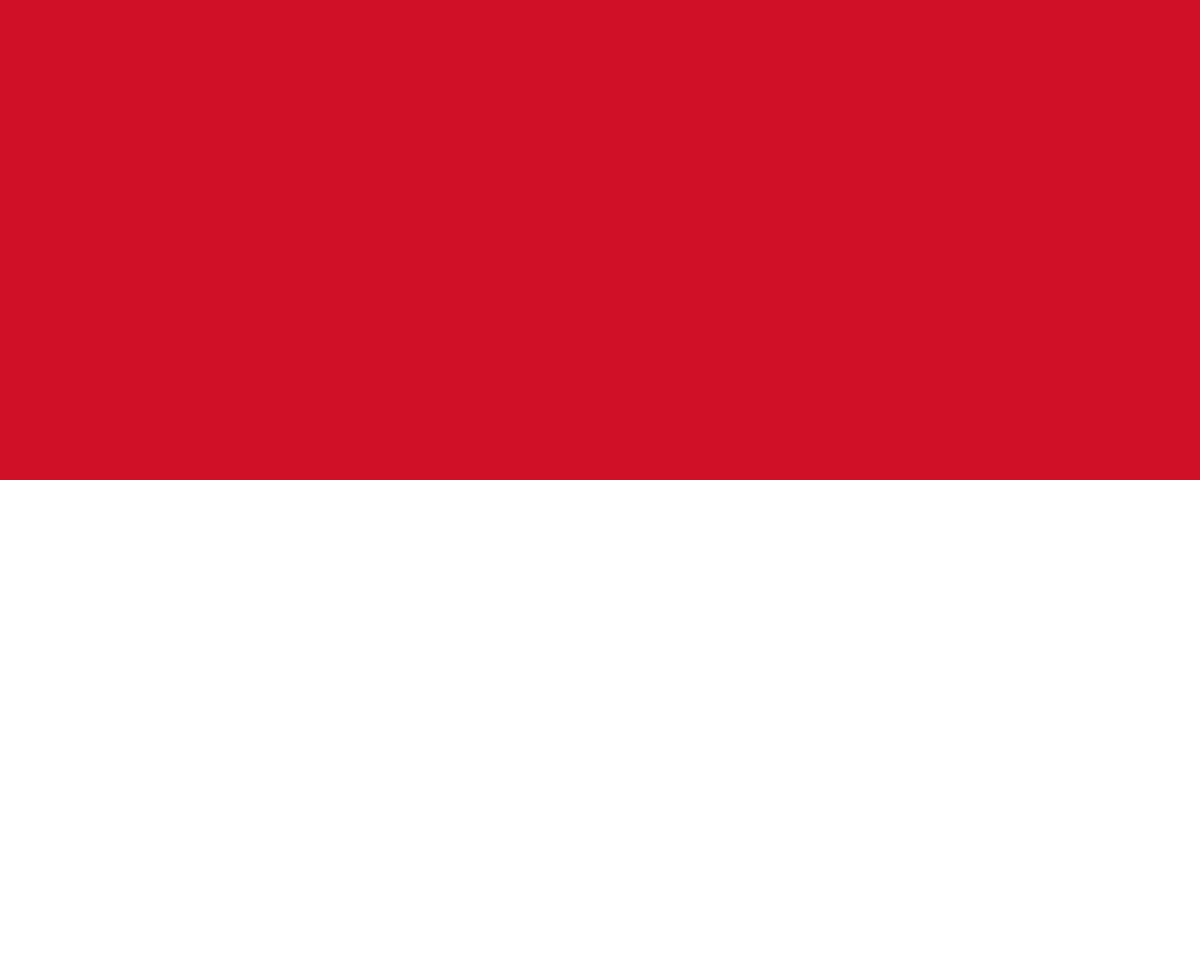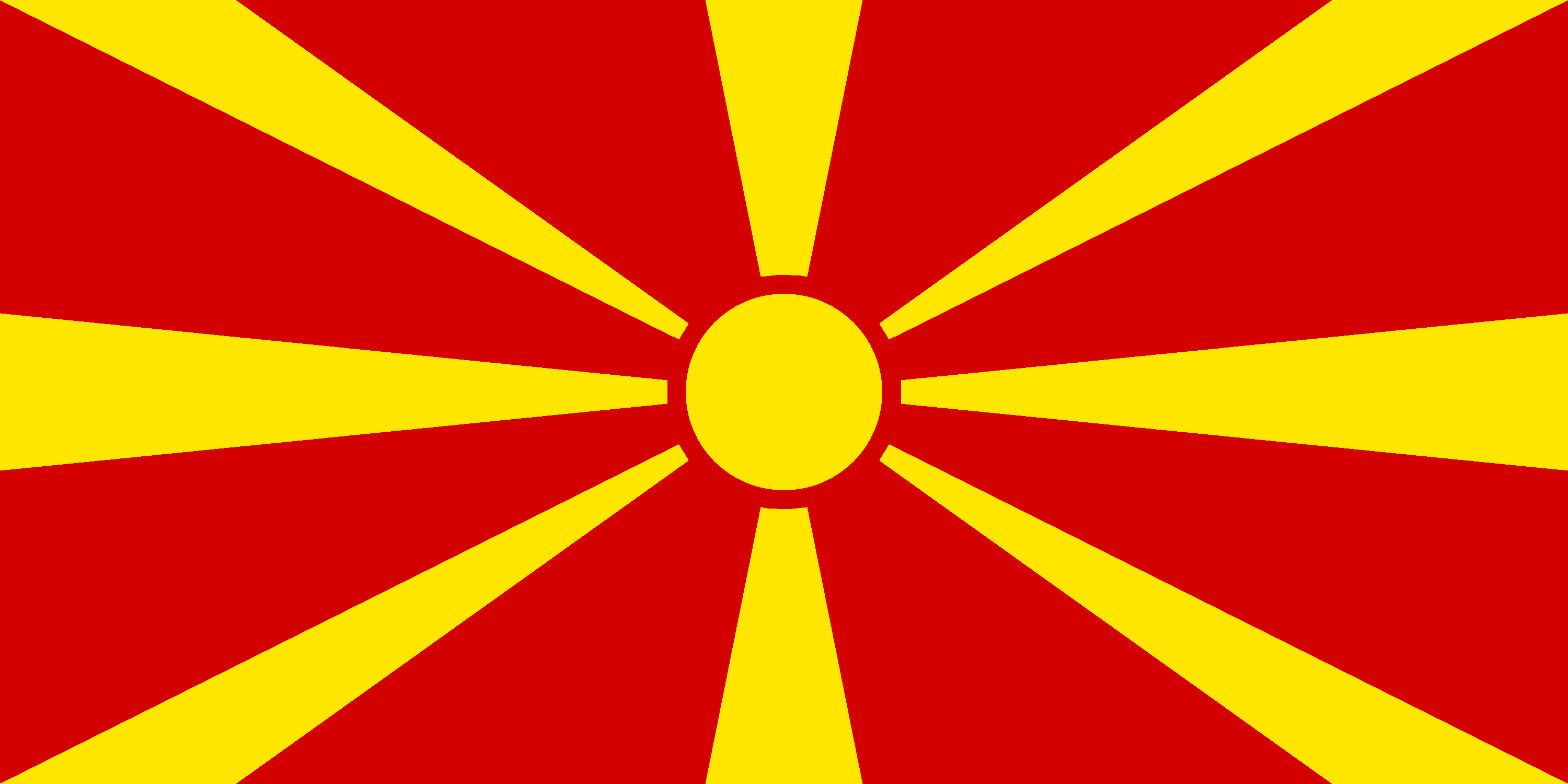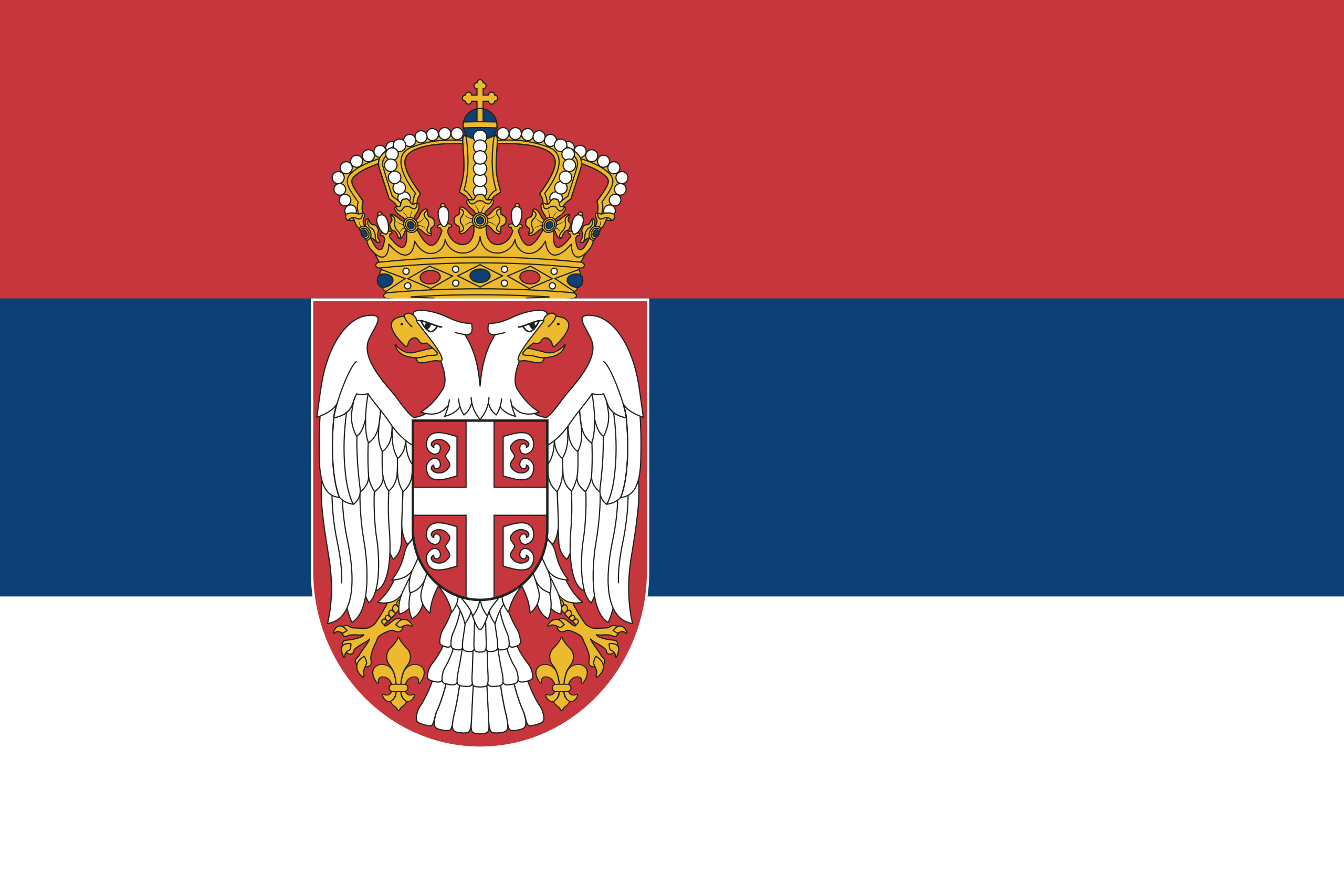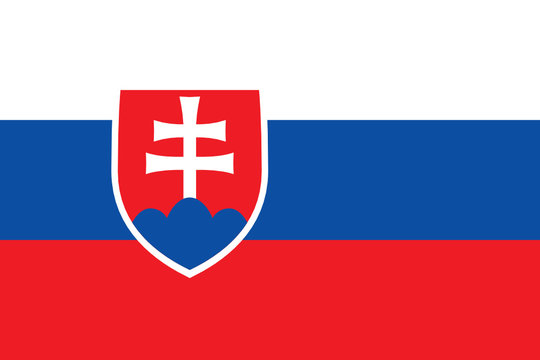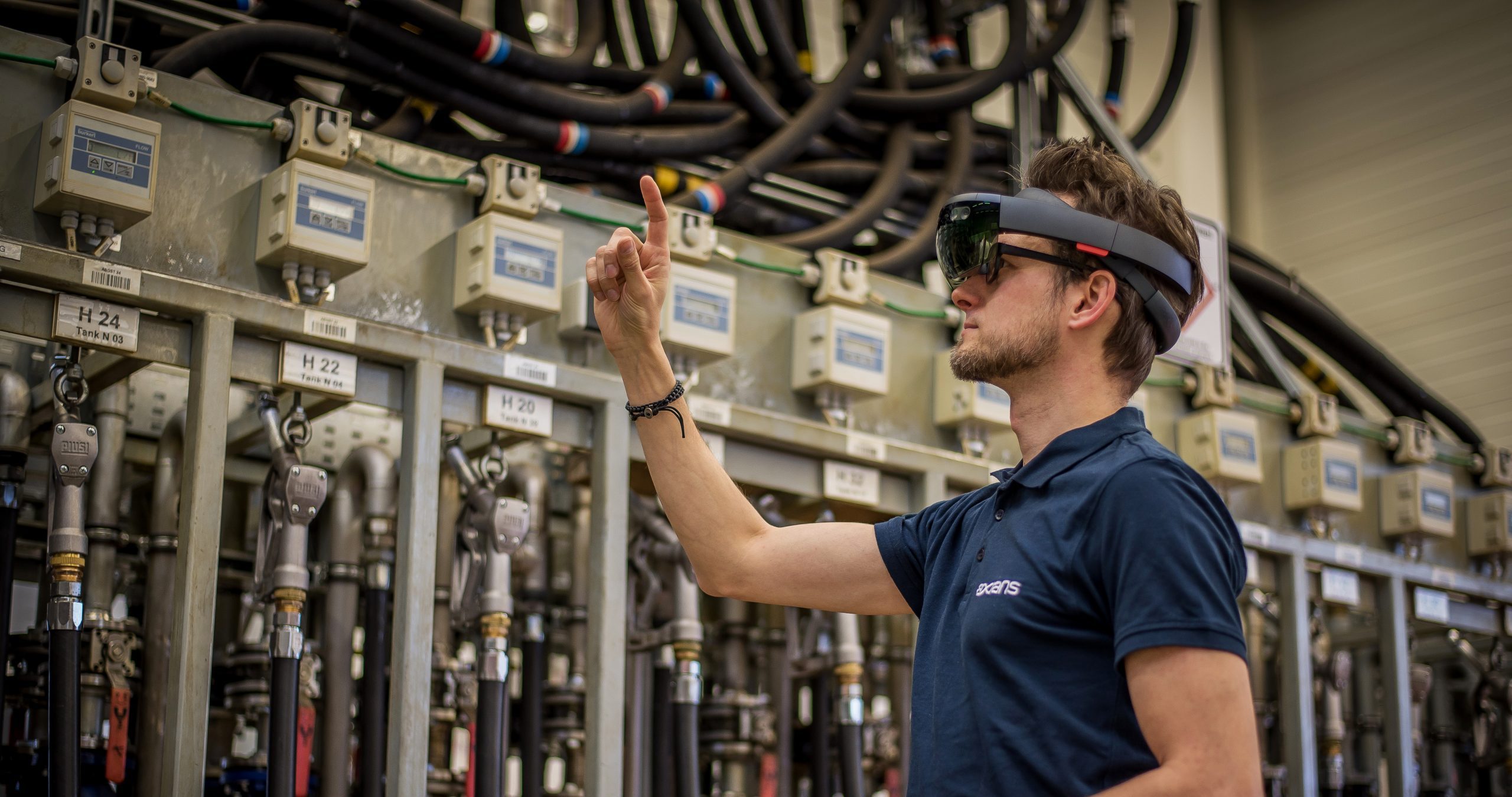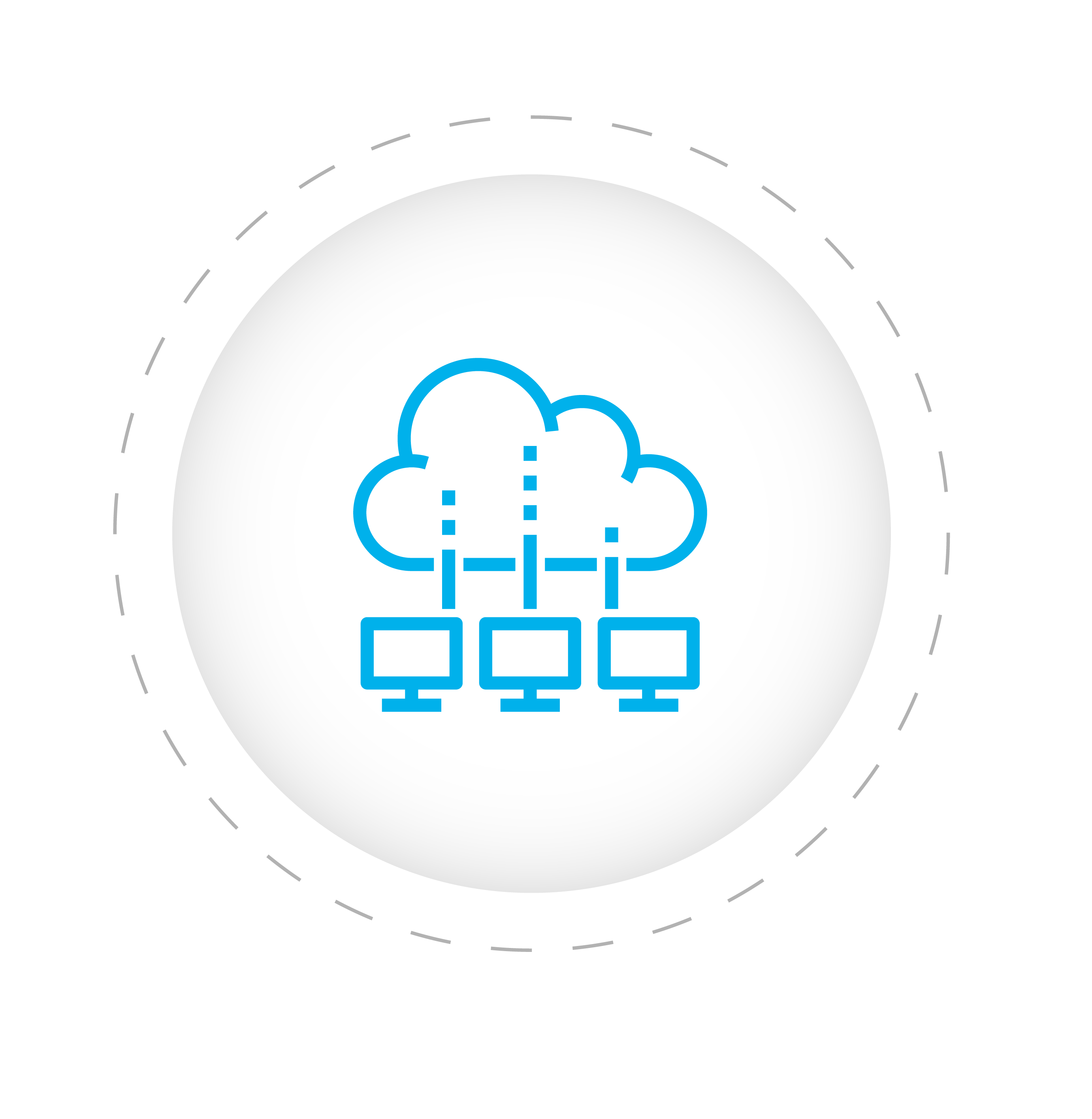The Smart Coaching solution developed by Actemium enables maintenance professionals on the ground to benefit from real-time augmented reality on an optimised platform.
In 2014, the general public’s craze for the Google Glass program was short-lived. But smart glasses have made inroads into the professional world: Virgin Atlantic flight attendants have adopted Sony glasses to be more effective at airport receptions, and aircraft maintenance staff of several airline companies have started using them to enable engineers to remotely follow ground equipment operations live.
In industrial maintenance, augmented reality applied to smart glasses is a small revolution.
For the past 18 months, Actemium, the VINCI Energies brand dedicated to industrial performance, has been looking further ahead. Its Smart Coaching program, developed in partnership with Fieldbit, allows a “live” session to be organised between ground technicians and experts, and to project instructions, graphics, diagrams, videos or mini-programs on screen to simulate the physical reality of a problem and apply a solution developed in advance. In industrial maintenance, augmented reality applied to smart glasses is a small revolution.
Adjustable program
“It’s a very simple solution to use,” says Michiel Kaelen, Business Unit Manager for Industrial Services at Actemium in The Netherlands. “Previously,” he says, “it took a lot of words to describe a situation. It was complicated because the technician wasn’t necessarily specialised in the equipment in question, didn’t speak the expert’s language or was in a noisy environment. Now, the expert has immediate access to the image. This is captured, then recognised by artificial intelligence and can be reworked to indicate the real scale of the necessary instructions. Those that are displayed may say, for example, ‘turn the switch’ or ‘measure the number of volts’.”
The strength of the solution implemented by Actemium (and Axians, VINCI Energies’ ICT brand) does not hamper its flexibility. “An average session only requires around 5 megabytes of data,” adds Michiel Kaelen. “It’s based essentially on smart glasses, but the same information can be reconstituted on a desktop, smartphone or tablet. So, a technician can call an expert or team of experts at any time. An intervention usually lasts about 15 to 30 minutes until the problem is resolved. There’s an enormous cost reduction.”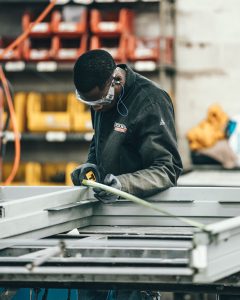
Next step: 3D
Other functions have just been developed, such as the option of displaying real-time data in Augmented Reality on a machine to fine-tune the analysis. Information can be based on one’s role, the procedure at hand and/or the location in a larger facility to fine-tune the analysis. Image Recognition, a QR code or a Bluetooth Beacon signal can be used to recognise the machine at hand.
Next step: 3D, which will generate a three-dimensional image of the equipment so as to perfect the analysis through a comprehensive approach. This will make it easier to resolve technological problems, which are sure to become more and more complex.





